Pipeline Integrity Management
Pipeline integrity management is a critical aspect of ensuring the safe and reliable operation of extensive pipeline networks that traverse various terrains.
Benefits Of Pipeline Integrity Management
Early Detection of Issues
Drones equipped with advanced sensors and cameras can perform regular inspections of pipelines, detecting potential issues such as corrosion, leaks, or structural damage at an early stage. This early detection allows for proactive maintenance and reduces the risk of catastrophic failures.
Reduced Safety Risks
Using drones for pipeline inspections minimizes the need for human inspectors to physically access potentially hazardous or hard-to-reach areas. This reduces the risk of injuries and exposure to dangerous conditions, improving overall safety for both personnel and the environment.
Cost-Effective Inspections
Traditional pipeline inspections often require significant resources, including manpower and specialized equipment. Drones provide a cost-effective alternative by reducing the need for extensive ground operations, helicopter flights, or shutdowns for inspection purposes.
Using Drones
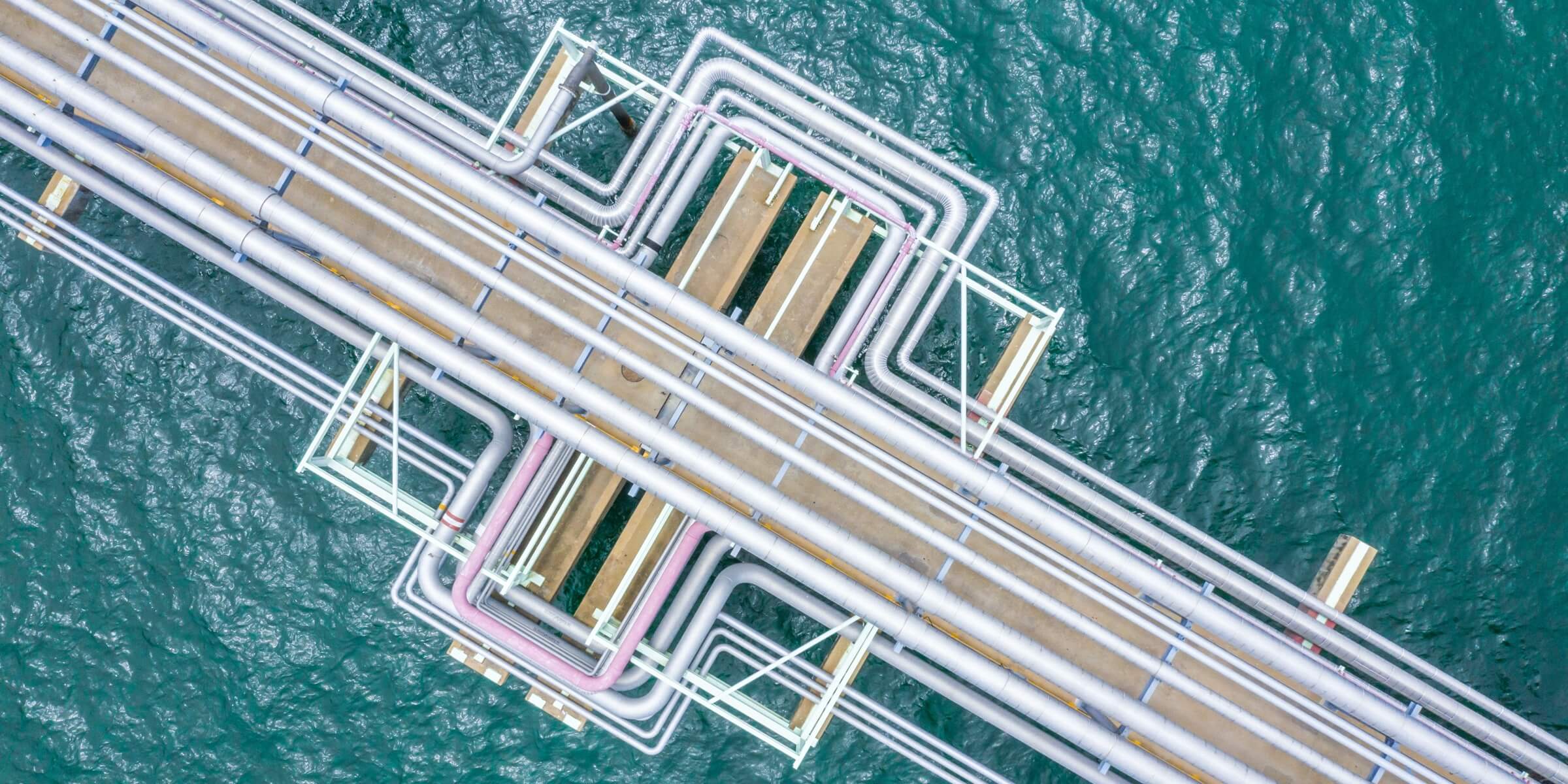
Challenges
- Limited Payload Capacity:Drones typically have limited payload capacities. This limitation can affect the types and capabilities of sensors that can be carried onboard, restricting the range and precision of data that can be collected for pipeline inspection.
- Flight Time and Range: The flight time and range of drones are constrained by battery capacity. Long-distance pipelines may require multiple drone launches or frequent recharging, increasing operational complexity and time.
- Weather Conditions: Adverse weather conditions, such as strong winds, heavy rain, or extreme temperatures, can impact the safe operation of drones. Weather-related challenges may limit the time windows for drone inspections and increase the risk of accidents..
- Data Transmission and Storage: Transmitting large amounts of inspection data from the drone to a central location can be challenging, especially in remote areas with limited connectivity. Efficient data storage and transmission solutions are crucial for managing the vast amounts of information generated during inspections..
- Regulatory Compliance: Compliance with aviation regulations and obtaining necessary permits for drone operations is a significant challenge. Regulations may vary by region and may require coordination with aviation authorities to ensure legal and safe drone operations.
- Autonomous Navigation: Developing and implementing reliable autonomous navigation systems is crucial for drone-based pipeline inspections. Ensuring that drones can navigate complex environments, avoid obstacles, and follow predefined inspection routes is a technical challenge.
How Works
- Aerial Inspection: Drones equipped with high-resolution cameras and sensors are deployed to conduct aerial inspections of the pipelines. These inspections provide detailed visual data of the pipeline’s condition.
- Remote Sensing Technologies: Drones may carry various remote sensing technologies, such as infrared cameras and LiDAR (Light Detection and Ranging), to detect anomalies that may not be visible to the naked eye. Infrared cameras can identify temperature variations that may indicate leaks or structural issues.
- Anomaly Detection: Advanced algorithms analyze the collected data to identify anomalies and potential threats to the pipeline’s integrity. This includes identifying corrosion, erosion, vegetation encroachment, or other issues that may compromise the pipeline.
- Integration with GIS (Geographic Information System): The data collected by drones is often integrated with GIS systems to provide a spatial context. This integration helps in mapping the pipeline’s location, identifying inspection areas, and managing the overall pipeline network effectively.
- Reporting: TThe results of the analysis are compiled into detailed reports, including the location and severity of any identified issues. This information helps operators prioritize maintenance activities.
Explore More Content
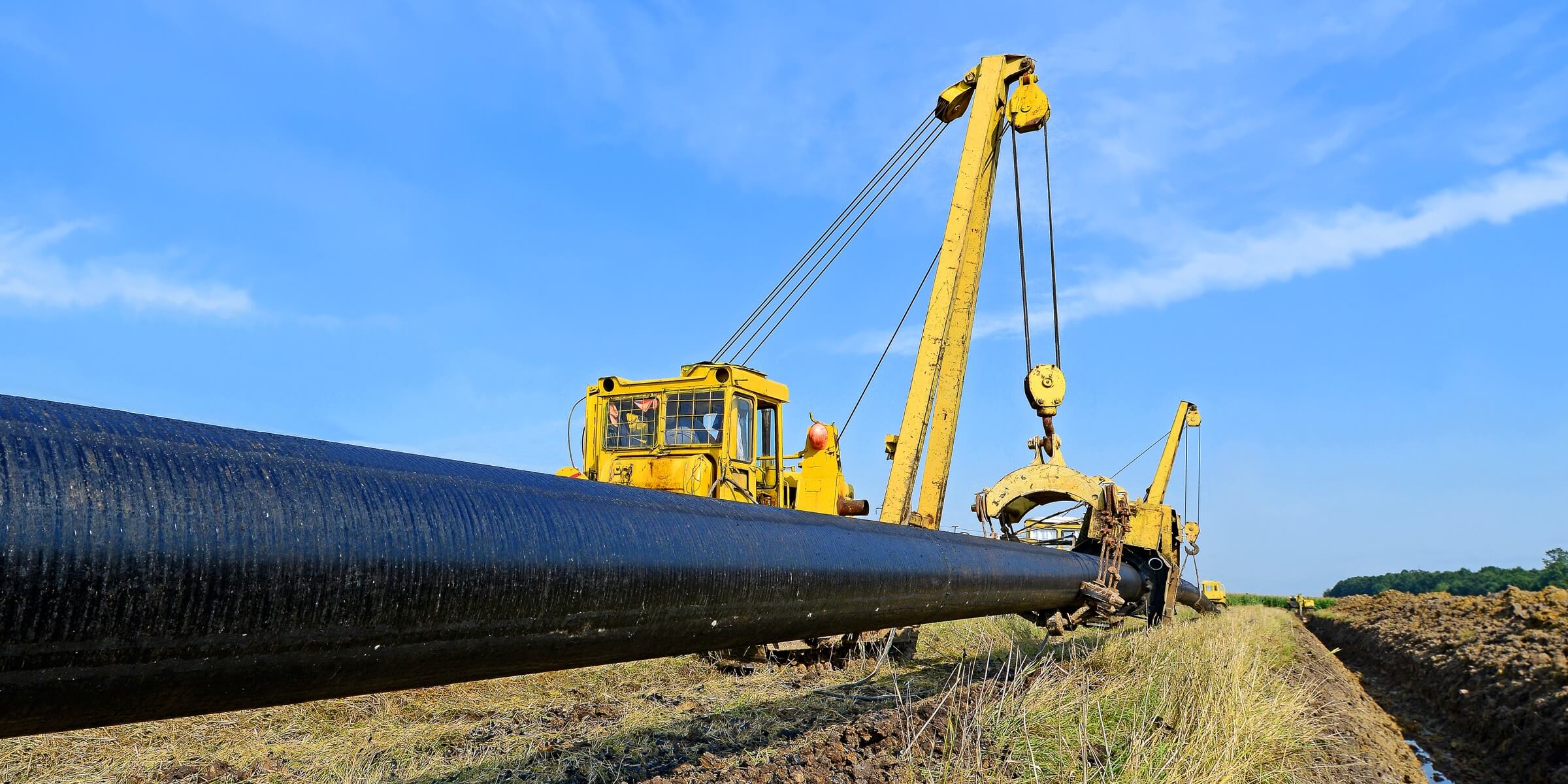
One of the primary applications of drones in pipeline integrity management is visual inspection. Equipped with high-resolution cameras and sensors, drones can access challenging or remote areas of pipelines, capturing detailed imagery for comprehensive visual assessments.
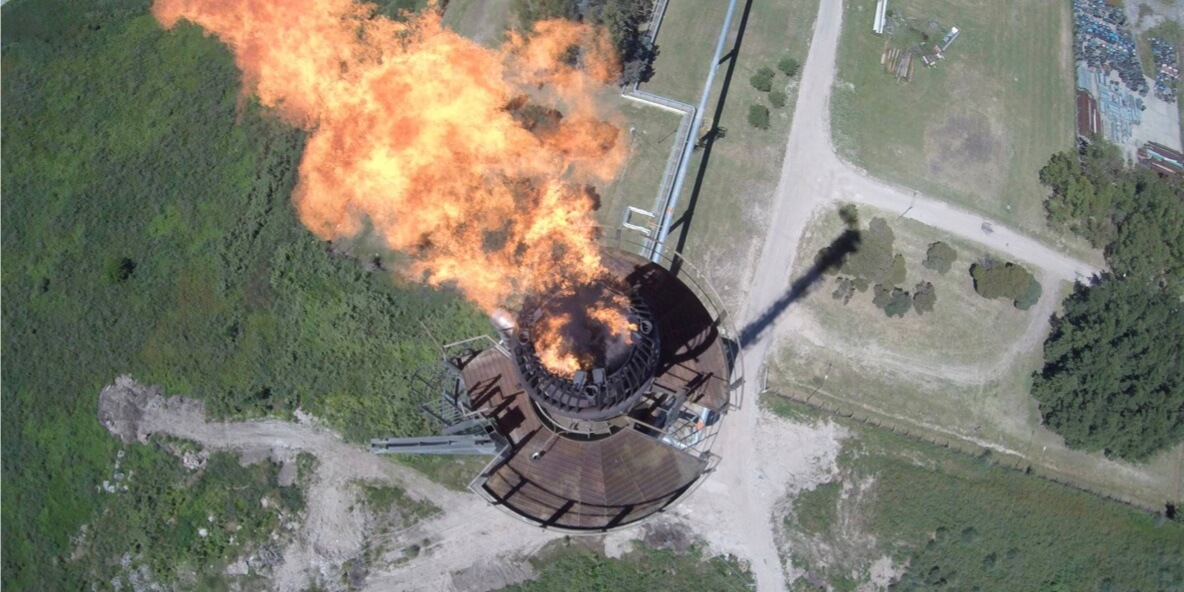
Drones also play a pivotal role in conducting thermal inspections of pipelines. Thermal imaging technology enables the identification of anomalies in temperature, indicating potential issues such as insulation degradation or leakages. This proactive approach to thermal inspection assists in preventing unexpected failures and optimizing maintenance schedules.
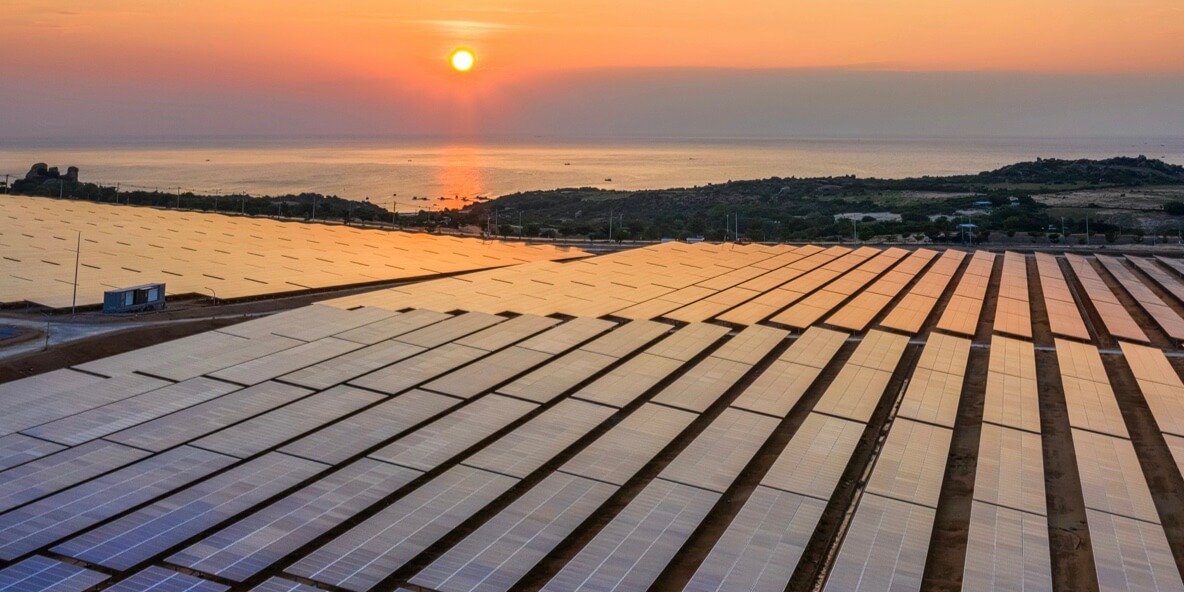
The agility and versatility of drones make them particularly effective in navigating pipeline routes, including areas with challenging topography or dense vegetation. This flexibility ensures comprehensive coverage of the entire pipeline infrastructure, even in locations that are difficult to access through traditional means.
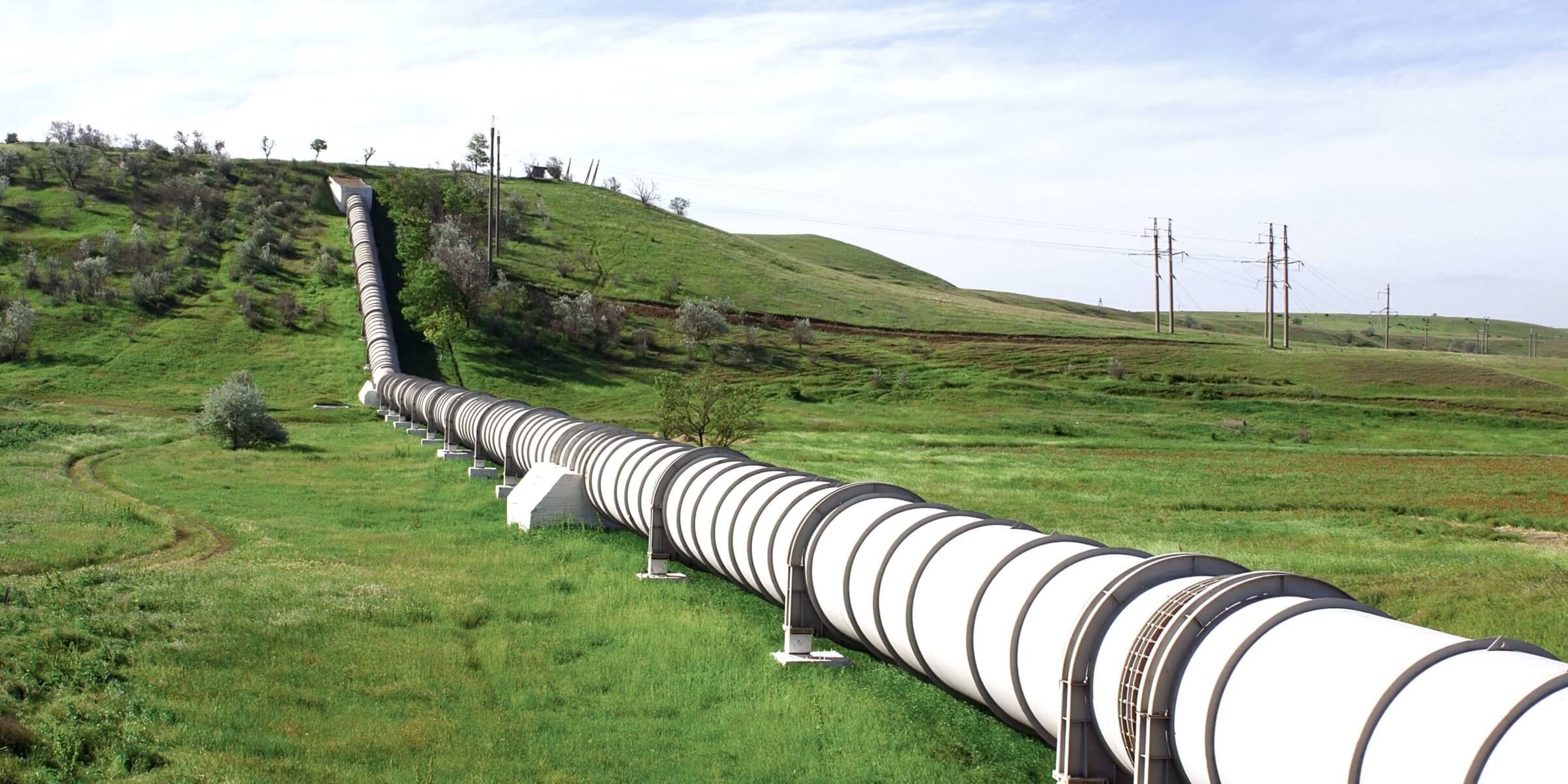
Data collected by drones in pipeline integrity management undergoes thorough analysis, contributing to the development of predictive maintenance strategies. By leveraging insights derived from drone-captured data, operators can optimize maintenance schedules, prioritize critical areas, and enhance the overall reliability of the pipeline system.